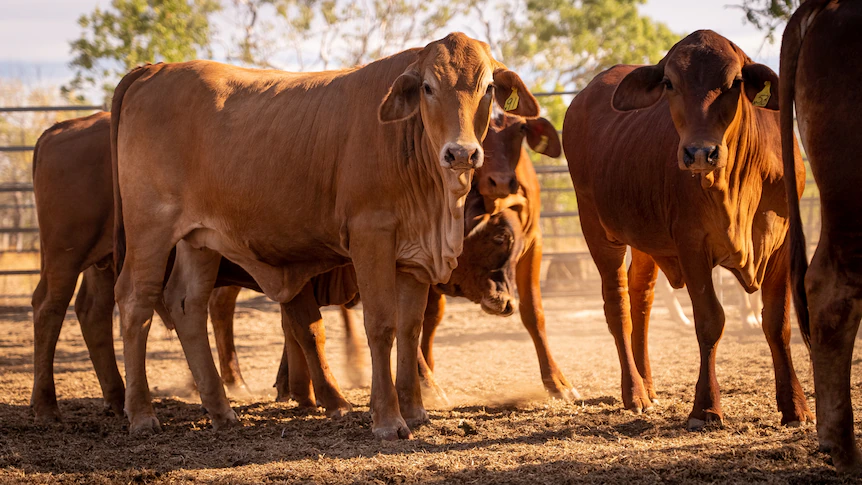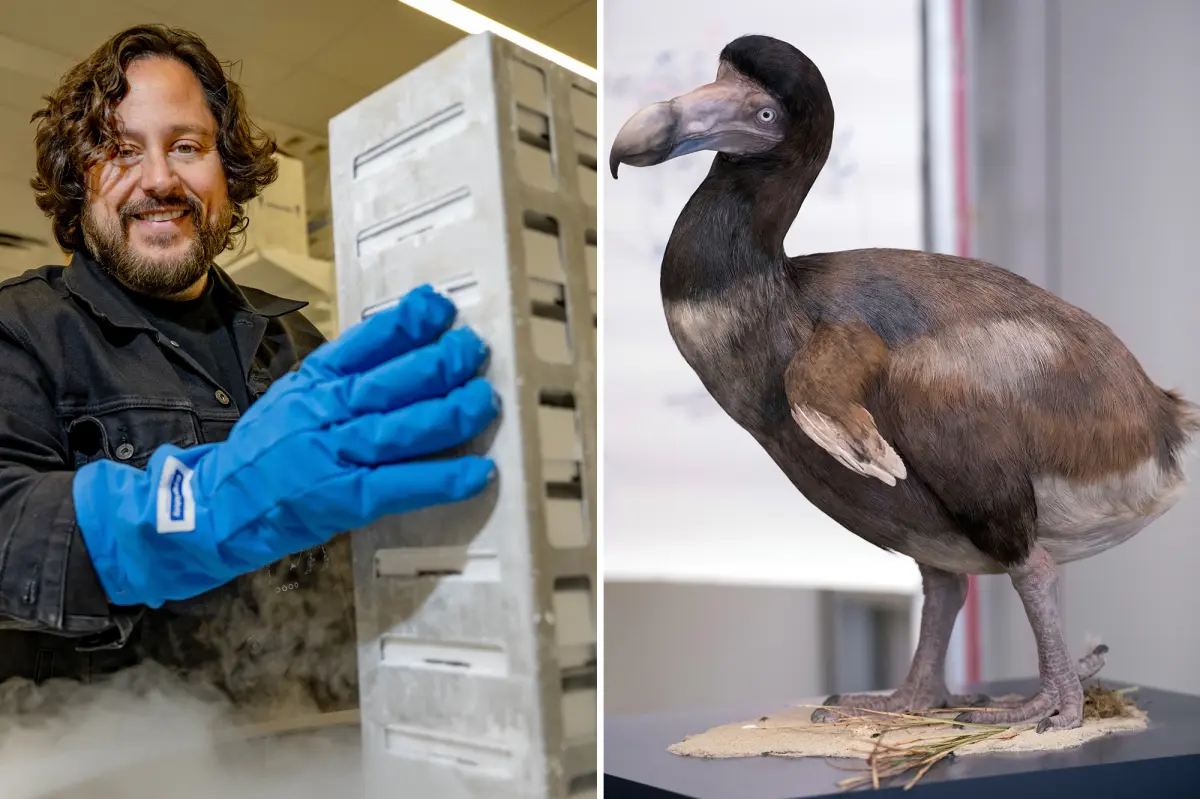By Kallee Buchanan
Copyright abc

Agriculture will “naturally” meet expectations to significantly reduce its carbon emissions by 2050, according to an expert.
The federal government did not set specific targets for the farming sector when it announced new national emissions reduction goals this week.
However, in the plan modelled by the Treasury, agriculture emissions were projected to fall by 28 per cent by 2050.
Experts say it is “ambitious” but “achievable,” despite one of the sector’s biggest emitters ditching its own carbon-neutral targets.
Diverse solutions
The federal government’s Agriculture and Land Sector Plan estimates farming contributes 19.6 per cent to Australia’s net emissions, while land is a net sink equivalent to -16.5 per cent.
Professor of Carbon Farming at the University of Melbourne, Richard Eckard, said the plan recognised what was already happening in farming.
He said the industry would “naturally” contribute the 28 per cent reduction projected by 2050, but was unlikely to hit its own net-zero targets.
“Agriculture is not homogeneous — there’s some sectors in agriculture that don’t have a very large emissions footprint,” he said.
He said opportunities to reduce emissions were dependent on individual industries and their footprints.
“Viticulture is really about energy use, not really about in-field emissions, so their options are mainly energy-focused,” he said.
“Pigs and poultry, it’s all about manure management — that’s well-developed technology, it’s not a lot about the animals.
“If you go to cropping it’s a very extensive dilemma … it’s all about fertilisers.”
But he said farmers could have increased competition for access to abatement measures as the government explored tightening its Safeguard Mechanism.
“Everybody’s looking at trees in the landscape as their solution under the safeguard mechanism,” he said.
“But now you’ve got the safeguard mechanism making the fossil fuel industry and the mining industry dependent on the same trees on the same landscape.
“There’s not enough to go around.”
Growing opportunity
GrainGrowers chief executive Shona Gawel said her organisation’s members saw a “once in a generation opportunity”, especially when it came to low-carbon fuel.
“It will have a positive impact on our emission reduction targets.”
She said the industry was well placed to facilitate the development of clean diesel and aviation fuel, but cautioned against setting targets.
“We have to be really careful … that we are not putting undue burden on farmers who are already super busy getting our food and fibre produced,” she said.
Richard Heath, the chief executive of Zero Net Emissions from Agriculture, a research cooperative funded by government and universities, said the government’s expectation was ambitious but achievable.
His organisation partners with several industry bodies, including members of the Red Meat Advisory Council (RMAC), which advises the federal government on behalf of producers, processors and exporters.
In June, a review by RMAC found the carbon neutrality goals set in 2017 were not achievable.
It subsequently dropped its reduction goals in favour of an emissions “intensity” model focused on the emissions produced per animal.
Mr Heath said despite the move, the industry continued to invest in technology that would go “most of the way” towards achieving the necessary reductions.
“For methane mitigation in particular, improving fertility, days on feed and general productivity traits have a huge impact on the amount of methane that is produced,” he said.
Rather than a set target, Farmers for Climate Action chief executive Natalie Collard said her organisation’s members supported a target range.
She said it was necessary to continue working towards lowering emissions to protect farmers and food security.
“Farmers are on the frontline of climate impacts today,” she said.
“What we’re keen to get behind the government to do is protect farmers and our food supply from worsening fires, floods and droughts.
“To do that, we know we need to reduce pollution every single year.”
Additional reporting by Kallee Buchanan.



